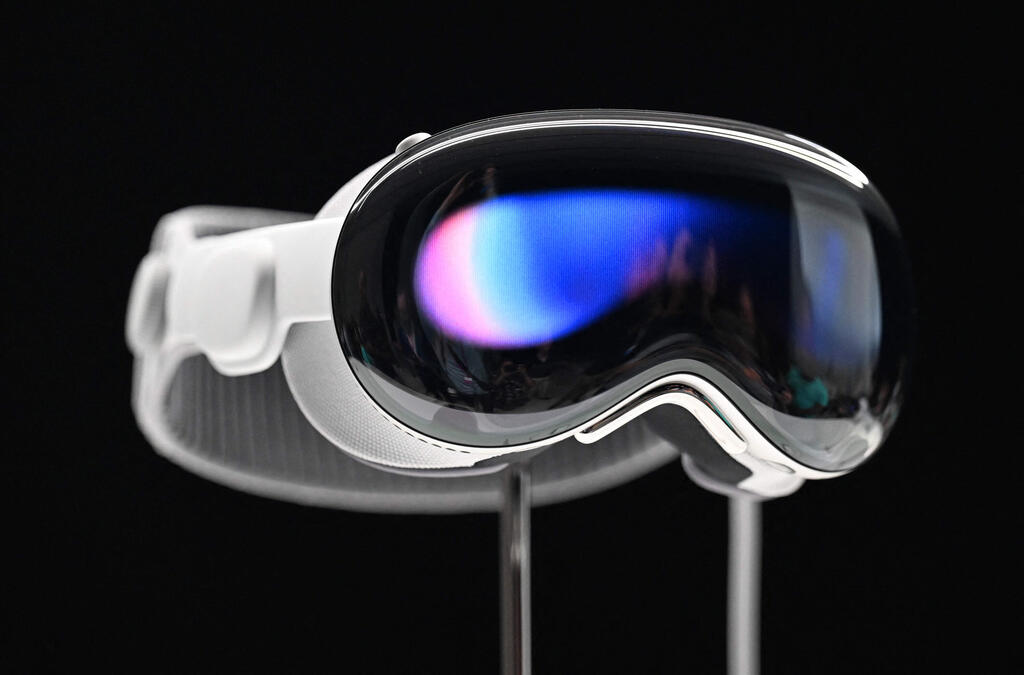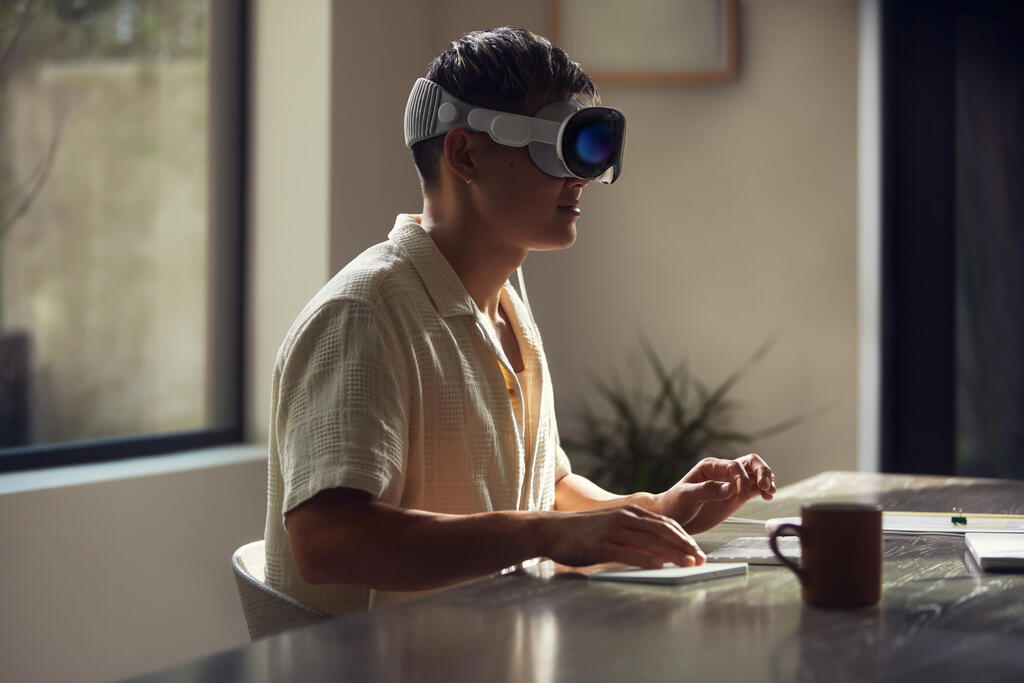Getting your Trinity Audio player ready...
Apple is reducing its production targets for the Vision Pro mixed reality headset from over one million units to less than 400,000 in 2024, U.S.-based news outlet Financial Times reported Monday.
More stories:
The reason for the cut is attributed to the device’s complex design and manufacturing challenges. Additionally, delays are expected for the launch of the headset’s affordable version, which was previously slated for around 2025.
2 View gallery


Apple announced the Vision Pro about a month ago during its annual developers' conference
(Photo: Josh Edelson / AFP)
According to the report, Apple's Chinese supplier Luxshare has been asked to deliver fewer than 400,000 units. However, Chinese suppliers claim that they can only provide components for 130,000 to 150,000 devices in the device’s first year of launching.
Apple's original target was to produce one million units. By comparison, the company sold over 200 million iPhones in 2022.
Apple announced the Vision Pro about a month ago during its annual developers' conference, WWDC.
This mixed reality headset combines two technologies: virtual reality (VR), allowing users to immerse themselves in a digital environment, and augmented reality (AR), enabling the integration of digital elements into the user’s physical environment. The headset is priced at $3,500 and is expected to arrive in stores next year.
According to the Financial Times, one of the significant challenges Apple is facing is the production of the device's displays, which are the most expensive components.
The device's display includes two internal Micro-OLED screens and an additional outward-facing screen to display the users' eyes to their surrounding environment.
2 View gallery


Apple is working on future generations of the Vision Pro, including a more affordable version intended to reach a broader consumer base
(Photo: Apple)
Apple was reportedly dissatisfied with the output of its display suppliers, Sony and TSMC, and their ability to produce defect-free screens.
“A lot of this is normal growing pains,” Jay Goldberg, founder of tech consultancy D/D Advisors, told the Financial Times. “There is a lot of technology in the Vision Pro and they knew it would take a while to scale up. Apple knows they won’t make money on this in the first year.”
Apple continues to work on future generations of the Vision Pro, including a more affordable version intended to reach a broader consumer base. The display suppliers for these versions are expected to be Samsung and LG.
Although Apple has explored other display technologies like Mini-LED, the affordable version is also expected to feature Micro-LED screens, which are more expensive.
It was previously reported that the second generation would arrive in stores around 2025, but according to the Financial Times, the launch is expected to be delayed, though the exact timeframe is unclear.
Despite the delays and numerous challenges, technology analyst firm Canalys believes that Apple's user base for the device will reach 20 million consumers within five years after the launch of the Vision Pro, which accounts for 2% of the iPhone’s user base.
“Given the limited production numbers, it will be flying off the shelves, pre-ordered by Apple’s loyal fans and high net worth users in the U.S.,” analyst Jason Low said of the device’s first iteration for consumers.


